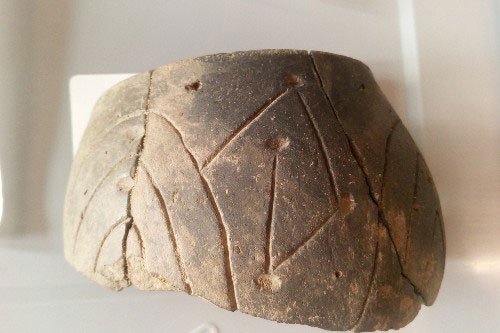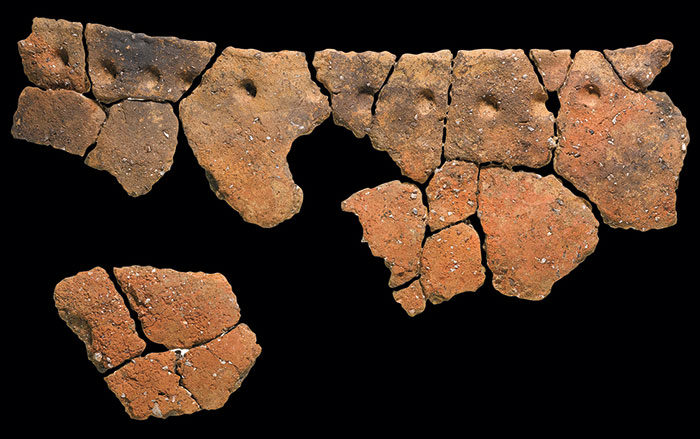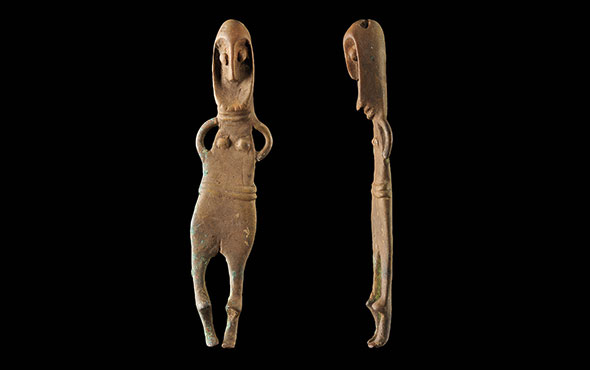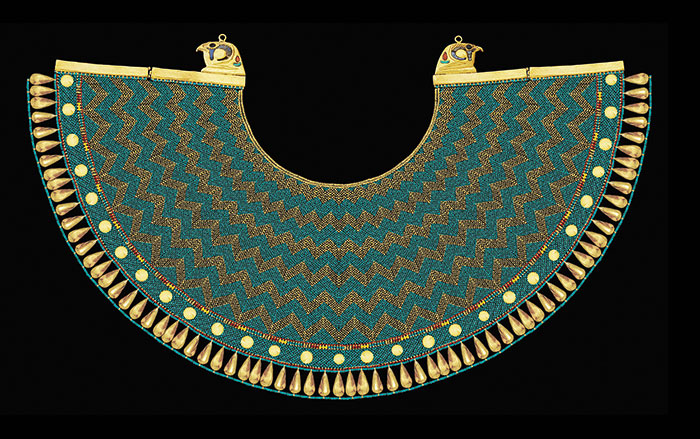
BRISTOL, ENGLAND—According to a statement released by the University of Bristol, dairy fat residues in pottery from Central Europe has been dated to as early as 7,400 years ago. Richard Evershed and Emmanuelle Casanova of the University of Bristol and their colleagues analyzed residues from more than 4,300 vessels recovered from 70 archaeological sites belonging to the Linearbandkeramik (LBK) culture. Milk use was detected in about 65 percent of the Neolithic sites, Evershed explained. The researchers then obtained radiocarbon dates for the pottery with milk residues. “It provides clear evidence that dairy foods were in widespread circulation in the Early Neolithic, despite variations in the scale of activity,” Evershed concluded. Read the original scholarly article about this research in Proceedings of the National Academy of Sciences of the United States of America. To read about evidence for cheese-making in Neolithic Poland, go to "A Prehistoric Cocktail Party."











